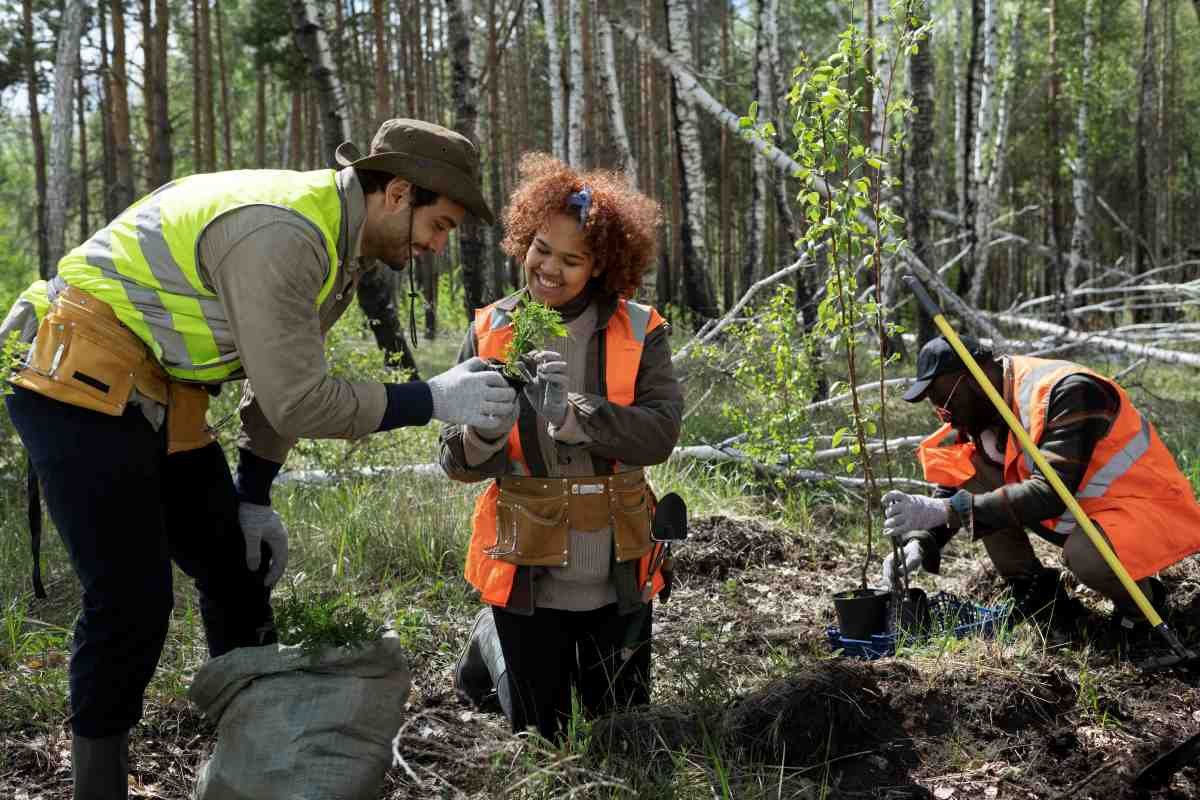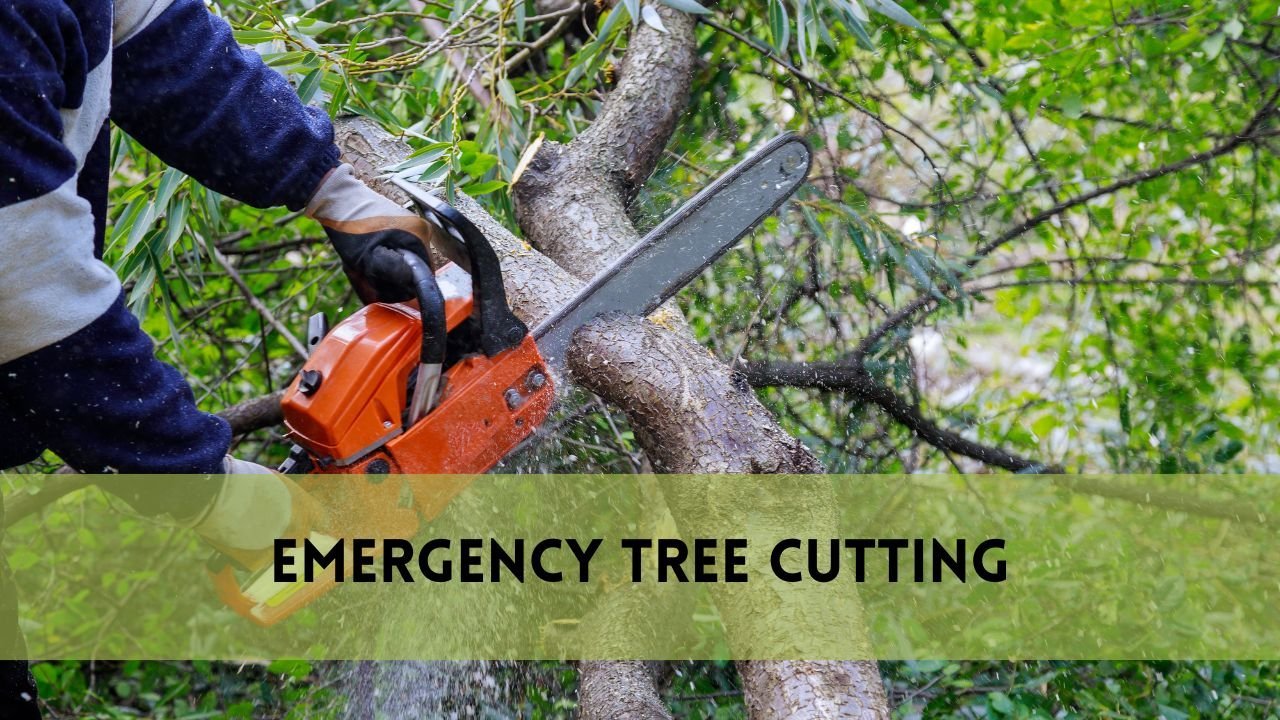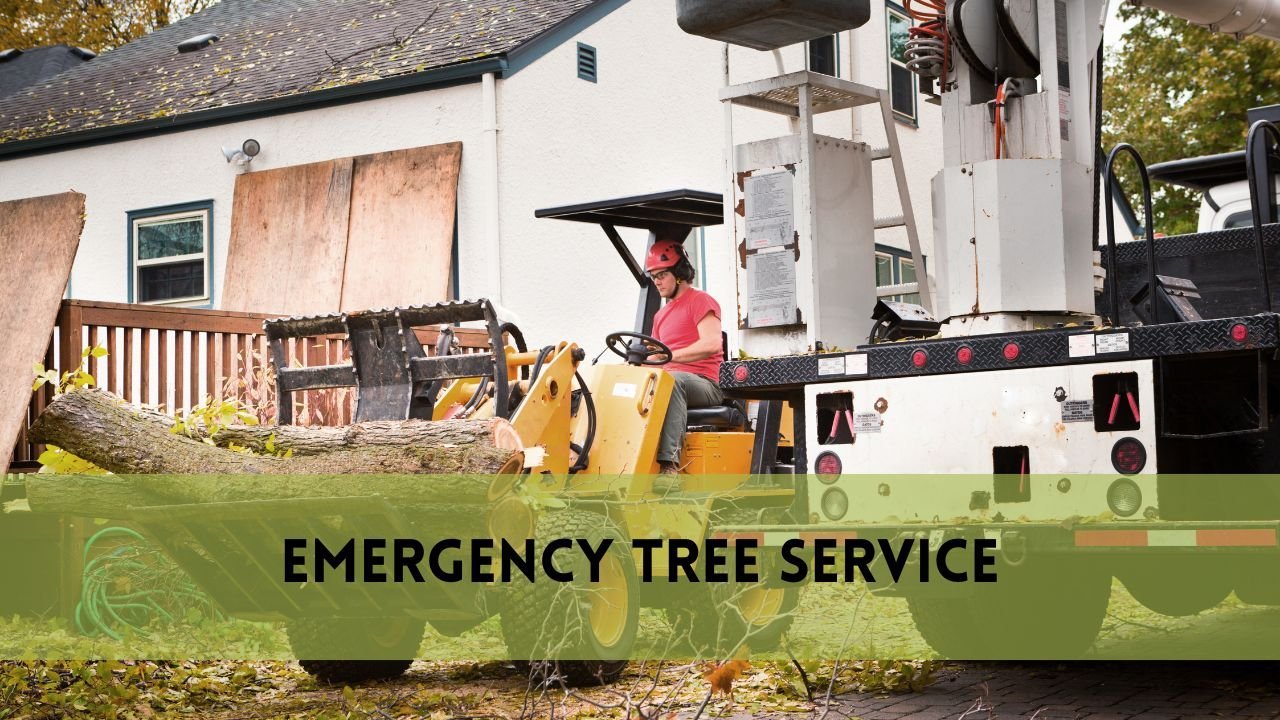There’s a profound beauty in watching a tree grow, witnessing its branches reach for the sky, and witnessing its leaves dance with the breeze. From the meticulous assessment of the stump removal area to choosing the perfect tree species, preparing the soil, and nurturing your fledgling tree, every step holds magic. That’s where the art of replanting comes in, a process that allows you to transform a once-stumped spot into a thriving new beginning The Question arises here
Can You Plant a Tree Where a Stump Was Removed?
Following are the steps that are followed for planting trees:
1. Stump Removal:
Before planting a new tree, ensure that the old stump is completely removed from the ground. This may require stump grinding or digging out the remaining roots.
2. Soil Preparation:
- It’s essential to ensure that the soil is well-prepared to provide the best possible conditions for your young tree’s growth.
- Remove any remaining debris, such as wood chips or small roots, from the stump removal process.
- Conduct a soil test to determine its pH level and nutrient content.
- If the soil test reveals that the pH is too high (alkaline) or too low (acidic) for your chosen tree species, you may need to adjust it. You can raise pH by adding lime or lower it by adding sulfur
- watering and maintenance as needed based on your tree’s specific requirements.
3. Choose the Right Tree:
Select a tree species that is suitable for your climate, soil type and the specific location in your yard
4. Planting Hole:
Dig a hole that is at least twice as wide as the root ball of the new tree. The depth should match the depth of the root ball but not exceed it. Proper hole preparation ensures that the tree’s roots can establish themselves easily.
5. Backfill:
Fill the hole with soil, making sure to eliminate air pockets. Tamp down the soil gently as you go to ensure good soil-to-root contact.
6. Mulch:
Apply a layer of mulch around the base of the newly planted tree. Mulch helps retain moisture, regulate soil temperature, and suppress weeds. Be sure not to pile the mulch against the tree trunk, as this can lead to rot.
7. Watering:
Water the newly planted tree thoroughly after planting. Continue to water regularly during the first year to help the roots establish.
8. Pruning:
It’s generally a good idea to prune the new tree after planting to remove any damaged or dead branches and encourage healthy growth.
9. Patience:
Understand that it may take some time for the new tree to become fully established and reach its mature size. Be patient, and continue to provide proper care and maintenance.
The Bountiful Benefits of Planting Trees
Trees are the quiet giants of our natural world, offering a wide range of benefits that touch every aspect of our lives, from the air we breathe to the communities we build.
Here, we explore the myriad benefits of planting trees:
1. Cleaner Air:
Trees act as natural air filters, absorbing carbon dioxide and releasing oxygen during photosynthesis.
2. Climate Regulation:
Trees play a crucial role in mitigating climate change. They absorb carbon dioxide, a greenhouse gas
3. Improved Water Quality:
Tree roots stabilize soil, reducing erosion and preventing pollutants from entering water bodies. They also act as natural sponges, absorbing excess rainwater
4. Habitat for Wildlife:
Trees provide homes and food for a wide variety of wildlife, from birds and squirrels to insects and fungi. They support biodiversity
5. Noise Reduction:
Trees absorb sound and act as natural noise barriers, making neighborhoods quieter and more pleasant places to live.
6. Increased Property Value:
Homes surrounded by trees tend to have higher property values
7. Mental and physical health:
Time spent in natural environments with trees has been linked to reduced stress, improved mental health, and enhanced physical well-being
FAQS about Plant a Tree Where a Stump Was Removed
Is it possible to plant a new tree in the same spot where a stump was removed?
Yes, it’s generally possible to plant a new tree in the location where a stump was removed, but there are factors to consider.
What should I do with the old stump before planting a new tree?
Ensure the stump is completely removed, including its roots, to provide adequate space and prevent competition for resources.
How long should I wait after stump removal before planting a new tree?
It’s advisable to wait at least a year or more after stump removal to allow the soil to settle and decompose any remaining wood debris.
Can I use the same soil after stump removal for planting a new tree?
Soil conditions should be assessed and amended as needed for the specific tree species you plan to plant. The soil may need to be enriched or improved.
Do I need to consider any potential diseases or pests from the previous tree when planting a new one?
Yes, it’s essential to choose a tree species that is not susceptible to the same diseases or pests that affected the previous tree.
Conclusion
The art of planting trees in areas once marked by the presence of stubborn stumps is about renewal, transformation, and a deep connection to the natural world. Each tree we plant in these rejuvenated spaces becomes a symbol of resilience, a testament to our commitment to sustainability, and a gift to future generations.
We can enhance our surroundings while respecting the delicate balance of the ecosystems we share with countless other species. So, as you embark on your own journey of planting trees where stumps once stood, remember that it’s not just about the physical act of planting. It’s about nurturing life, creating shade for generations to come, and adding a touch of green to the tapestry of your world. As these trees grow and flourish, they become living testaments to your commitment to the environment, your community, and the beauty of renewal. a resilient and timeless emblem of optimism and revival.





